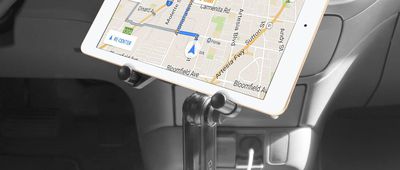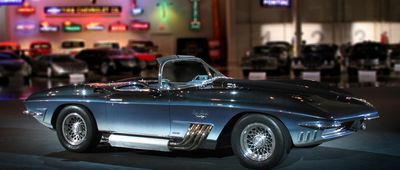Auto Rewind
Car features have changed quite a bit over the years — sometimes they have to. Automakers would've been just fine including or eliminating seat belts, building front ends that could impale the average pedestrian, and blinding drivers with glare from their own dashboards before Ralph Nader wrote “Unsafe at Any Speed” in 1965. While the safety concerns he highlighted helped eliminate some auto features, others just fell by the wayside as tastes changed. We looked back at the cars of the past and discovered a wide range of features you just don't see anymore.
Related: 14 Car Innovations We Could See in the Next Decade (And One We Won't)














































